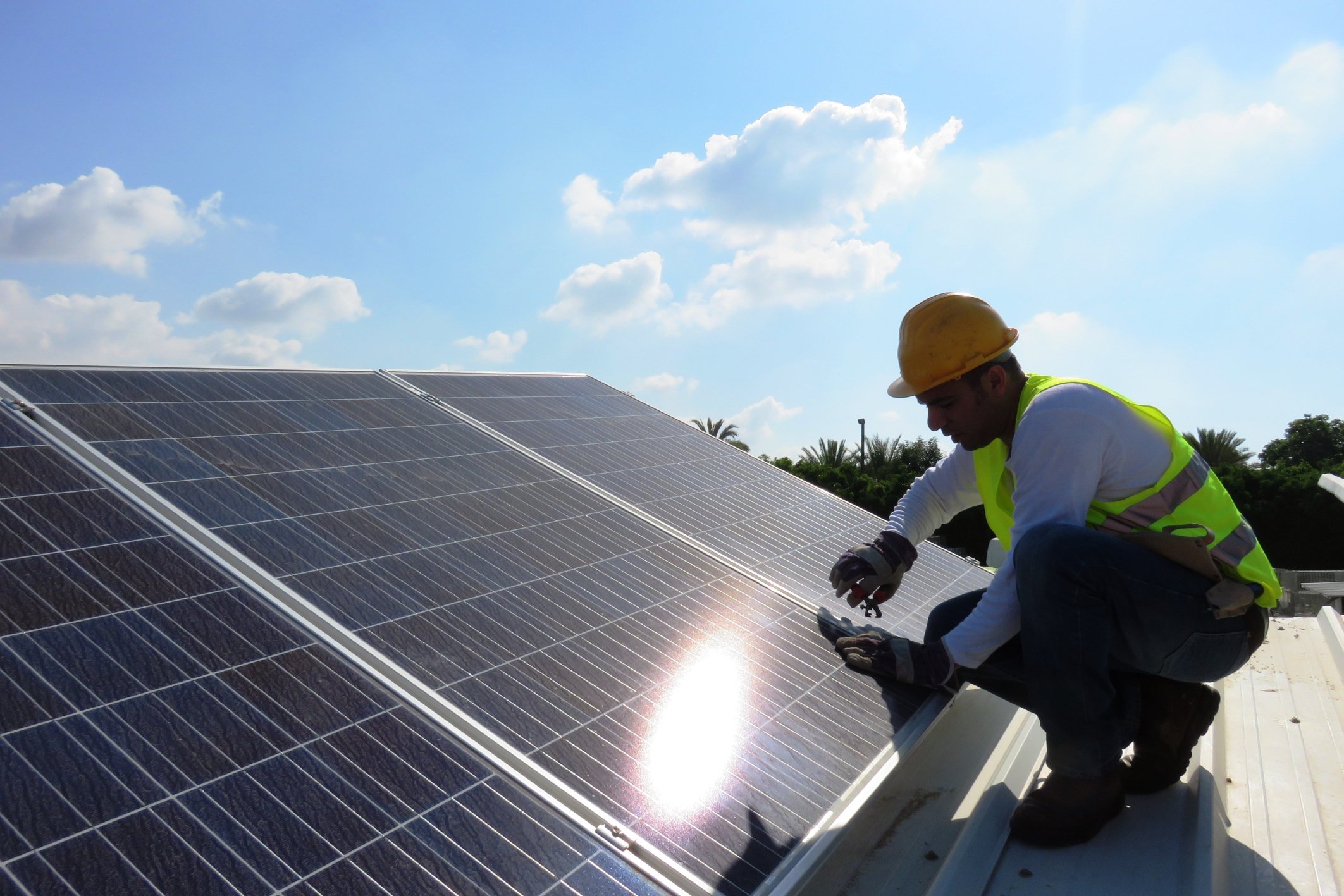The U.S. residential solar industry installed 712 megawatts (MW) of electrical generating capacity in the third quarter of 2019, according to the U.S. Solar Market Insight Report -- a record high after years of frustrating results. Installers are entering states where they had previously not operated, such as Florida and Texas, where cost and policy improvements are making solar energy more affordable than ever.
What's great for investors is that the industry appears poised to grow consistently for the foreseeable future. Here's what the quarter looked like and what investors should know about the future of residential solar, and a big segment of the renewable energy industry.

Image source: Getty Images.
Residential solar's record quarter
Let's start with the headline numbers. Residential solar installations were up 18% in Q3 from a year ago. California was the top state with 41% of all installations; Florida, Arizona, Texas, and Nevada rounded out the top five.
The fact that those are the top states is encouraging, and not just because they are among the places in the country where sunlight is at its highest intensity. Most of those states have a history of politically opposing solar energy, so its growth in them isn't being supported by subsidies. Solar is winning because it's cost-effective for customers.
The analysts who produced the report expect residential solar to grow at an annualized rate of between 8% and 18% between 2019 and 2021, which suggests the industry has bright days ahead. And it may be more than just solar energy that's getting customers excited.
Storage is the new game in town
One of the notable takeaways from the report was that California's market is being driven by a mandate that new homes have solar starting in 2020 (which we knew was coming), but also due to customers demanding solar and energy storage in response to the spate of power outages throughout the state. With utilities engaging in intentional blackouts during high-wind periods in an effort to prevent catastrophic new wildfires, customers are rapidly coming to recognize the value of having a backup power source.
At the same time, solar companies are making energy storage systems more accessible. Sunrun (RUN +1.30%), SunPower (SPWR +0.00%), Tesla (TSLA +0.23%), and Vivint Solar (VSLR +0.00%) are all offering energy storage solutions that meet customer needs in California (and elsewhere) and provide incremental revenue for their businesses.
I think in 2020 we'll see energy storage expand not only in California but other states where a backup power source is valuable, or the economics make sense because utilities have instituted demand charges or time-of-use rates.
Where to invest now
The four companies mentioned above are the biggest residential solar installers in the U.S., and all should benefit from the industry's growth. But I think the biggest beneficiaries will be SunPower and Sunrun. SunPower's new focus on residential solar gives it a national reach, and it has solutions like high-efficiency solar panels and energy storage that it can offer to independent installers. In addition, it has partnerships with most of the top 10 homebuilders in the U.S., so California's mandate for newly constructed homes to have solar will be a tailwind for the company.
Sunrun provides solutions to independent installers too, and also builds some solar power systems itself. As the most aggressive company in terms of growth in residential solar and the holder of the largest market share, it has a lot to gain as the industry gets bigger.
Outside of the installer niche, SolarEdge (SEDG 0.72%), which makes power optimizers and inverters, has proven to be a critical supplier, and is capable of profitable growth in residential solar.
Those are the three businesses that I think will benefit most from the expansion of residential solar. If the forecasts are right and the industry is at the start of a sustainable growth path, their stocks could be great values for long-term investors.









